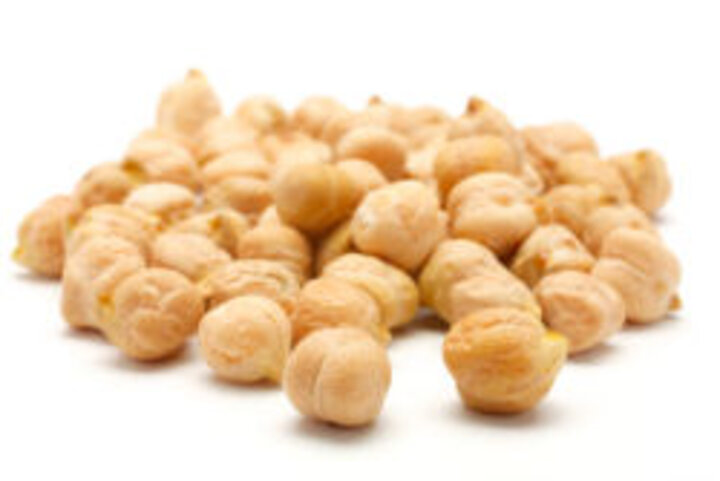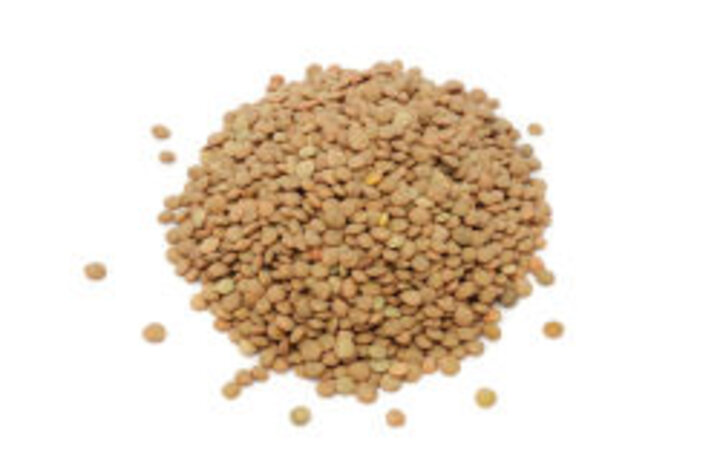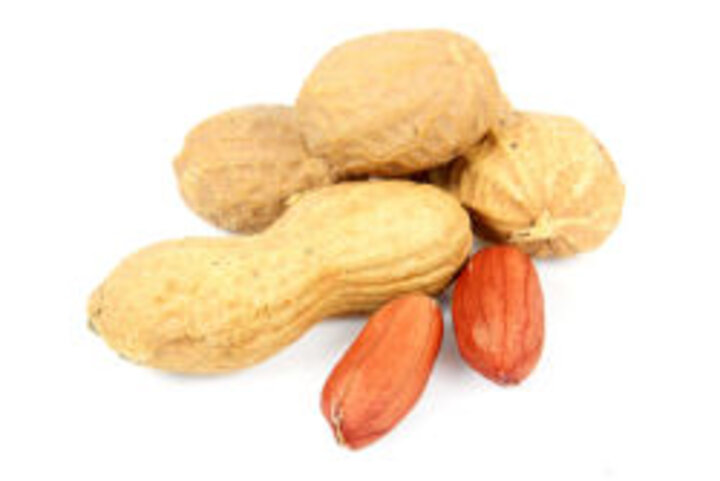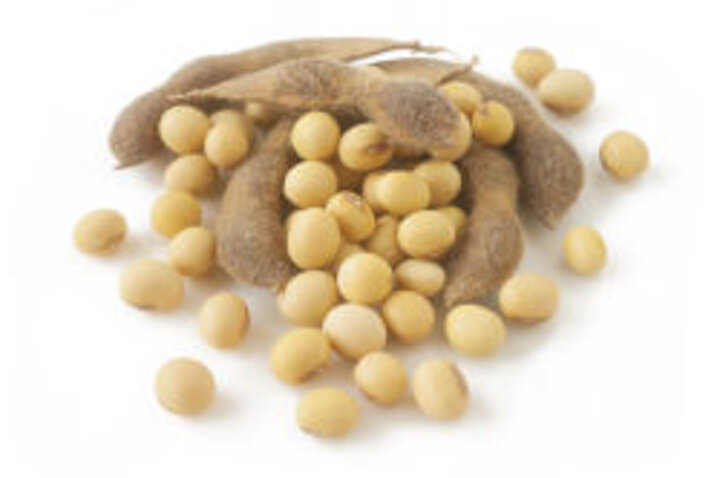Legumes are important crop plants and account for more than 25% of the primary crop production world wide3. Legumes have a high nutritional value (high-value proteins and oils) but also account for a high incidence and severity of allergic reactions. Some of the most potent and prevalent allergenic foods belong to the legume family, including peanut. Proteins associated with legume allergy belong predominantly to the family of seed storage proteins (albumins, globulins, prolamins). They are often found in high abundance and retain their allergenicity after heating.
Peanut is consumed worldwide, often as snacks (roasted, in chocolate bars), but also as ingredient an in Asian foods. Current studies suggest that peanut allergy affects about >1% of children and 0.6% of adults in the United States4, 5. Symptoms of peanut allergy range from relative mild and local responses (e.g. in the oral cavity) to life threatening systemic reactions (e.g. asthma, anaphylaxis) that require emergency treatment. The low eliciting dose and the high frequency of fatal reactions make peanut to one of the most potent allergenic foods.
Soybean and its products are widely used in food stuff, not only as a food (e.g. tofu) but also as a technological aid (e.g. emulsifiers, texturizer). Soy allergy is much less prevalent than peanut allergy, individuals from different regions (e.g. North America, Japan and Europe) reacting to different soybean allergens. Symptoms of allergy to soybean are similar to peanut and range from relative mild reaction to life threatening system reactions.
Lupin is increasingly found as a food ingredient and its flour may be used as a substitute for soy or wheat in processed foods. Lupin is closely related to peanut and some individuals with peanut allergy can react to lupin. Symptoms include local oral and skin reactions, but also severe asthma and anaphylactic reactions.
In addition to direct consumption of these allergenic foods, consumers are regularly exposed to legumes in processed foods that are present either by design (e.g. lupin in baking goods) or due to processing mediated cross-contamination (e.g. traces of peanut in chocolate). While peanut and soybean are included in the Big-8 and the Codex Alimentarius allergen labeling recommendations, lupin has only recently been added to the EU list for mandatory labeling.
There are a number of other legumes for which allergies have been described including chickpea, lentils and peas.
For more detailed information on these foods please follow the links:





